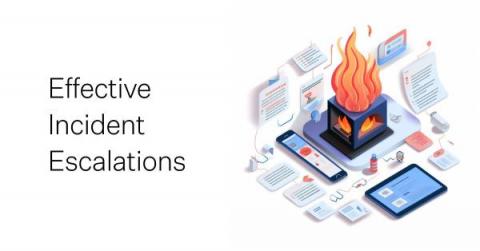What Is Site Reliability Engineering? Understanding the complexities of this crucial function
Site reliability engineers manage a lot, and often in incredibly high-stakes environments. Remember that scene from "The Matrix" where Neo dodges bullets in slow motion? Of course you do. As an SRE, it can feel like you're the person getting hit by those bullets, frantically trying to investigate performance issues, automate away toil, and support the engineers around you, all before the next wave of attacks.










